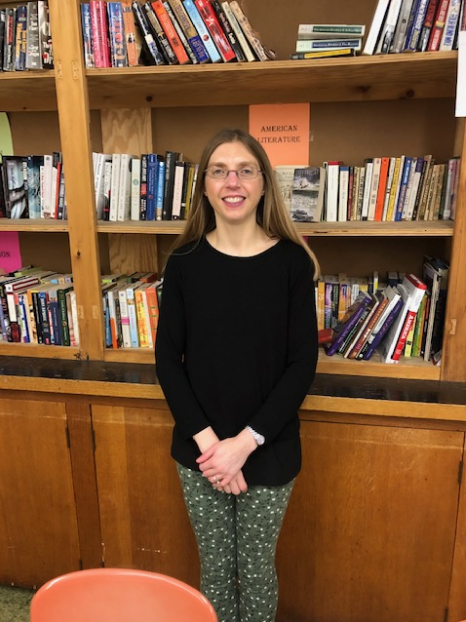In-class reading time: the secret for success?
May 2, 2019
Independent reading, or sustained silent reading, isn’t implemented in every English classroom, but should it be? Built in independent reading time can offer a boost in important reading skills that every student should have.
Larissa Hebert is an English teacher at BFA who has independent reading built into her classes. Hebert has been doing this for a good number of years. She has also collected data on students’ attitudes on independent reading in class and their thoughts on their reading progress.
One question that Hebert gave to her students during the end of the 2017-2018 spring semester survey was, “Right now, how do you feel about independent reading in class?” and the majority of the results were positive. 57.4% of students reported that they loved their reading time and hated to put their books down.
Research by NEA Today and Judy Newman say that reading in general is the most critical skill in school. Reading can greatly improve the vocabulary that is used to communicate in society.
“You need to build your vocabulary over time by reading. Once you have a strong, dynamic vocabulary you can translate your thoughts and ideas (and hopes and dreams), and communicate them to others,” Newman said.
There are other teachers who incorporate independent reading in their classes as well, including Mary Ellen Tourville, Jody Martin, Jamie Bristol, Keith Carlton and Eric Telfer. Some of those teachers, like Hebert, have a classroom library available for students to choose from.
The classroom library makes it easier for students to choose their own independent reading books as they are right at the students fingertips. Students don’t have to check out a book at the main library, or buy books of their own.
Jarrit Hathaway (‘20) is without independent reading time in English class, but would like it if it was available to him. Even though he doesn’t have the reading time available to him, Hathaway believes it is important.
Sophie Brown (‘20) has independent reading time in English class and she also says it is important because it can “rebuild [the] passion for reading” that some students may have lost once they entered high school. Built in independent reading time can also “help those who were never really interested find something they like,” Brown said.
Not everyone loves reading though. Some students may pose a problem because of their lack of care for reading in general. Hebert combats this issue by picking up any type of reading material that she can.
“I do subscribe to the New York Times… I go to the library and I try to get graphic novels and even sometimes Ripley’s Believe it or Not books, just anything. Even leftover magazines from the library. You don’t have to be reading a novel, you can just be reading, ” Hebert said.
Independent reading time during class also opens up students to further academic development. The reading time offered has been shown to increase reading comprehension skills.
The junior teachers created a reading assessment given in the fall and spring of the 2017-2018 school year to the 11th graders. The average score was initially 64%, but in the spring the average score was raised to 77%.
Hebert, along with other English teachers, has been trying to get a school wide independent reading time built into the schedule. Hebert states that she wants independent reading time to be “more of a culture for the entire school, and not just the classroom.”
The students would not be the only ones reading though. Students and teachers alike would all participate in the school wide reading time. Having everyone read the same book as well can create a sense of community among the school.
School wide or not, built in independent reading time has a positive impact on students, as shown by the data recorded from the end of semester surveys and research by NEA Today.
Students with or without the reading time also think it is important, and the most important opinions are those of the students whose education is being affected.

